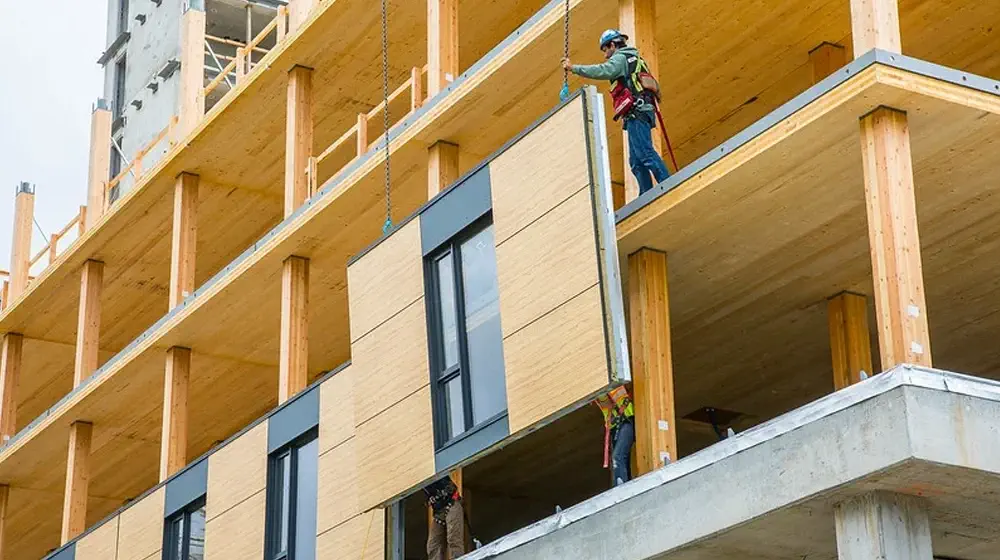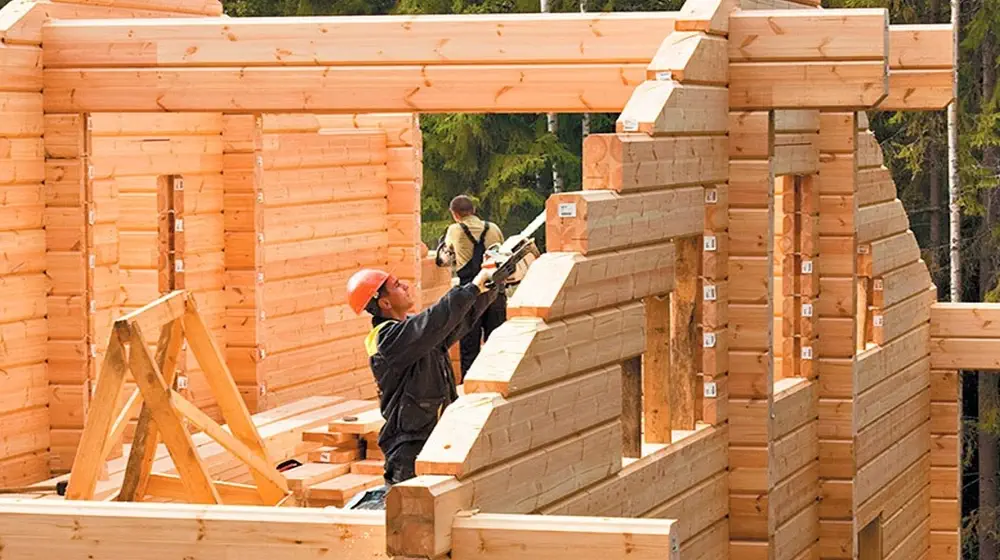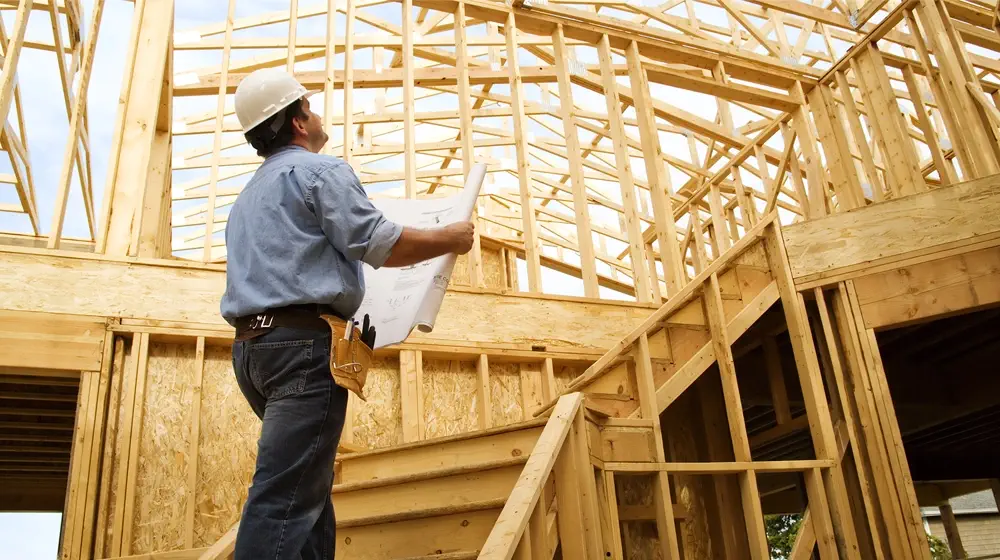Crafting Sustainability: The Rise of Wooden Construction
Introduction:
In the dynamic landscape of construction, sustainability has emerged as a paramount concern. With environmental awareness on the rise, industries worldwide are shifting towards more eco-friendly practices, and the construction sector is no exception. Among the various sustainable building materials available, wood stands out for its versatility, durability, and aesthetic appeal.
The Tradition of Wooden Construction:
Wood has been an integral part of construction for centuries, with its usage deeply rooted in tradition and culture. In India, traditional wooden architecture reflects the country’s rich heritage and diverse cultural influences. From intricate wooden temples in South India to majestic wooden palaces in Rajasthan, the craftsmanship and ingenuity of Indian wooden construction are celebrated worldwide.
The Environmental Impact of Traditional Construction:
While traditional wooden construction methods have stood the test of time, modern construction practices often prioritize convenience and cost-efficiency over sustainability. The widespread use of concrete and steel in construction has led to significant environmental consequences, including deforestation, carbon emissions, and habitat destruction.
The Resurgence of Wooden Construction:
In recent years, there has been a resurgence of interest in wooden construction, driven by a growing awareness of environmental issues and a desire for more sustainable building solutions. Advancements in technology and engineering have revolutionized the way wooden structures are designed and built, making them more efficient, durable, and environmentally friendly.
The Evolution of Wooden Construction:
In recent years, there has been a resurgence of interest in wooden construction, driven by a growing awareness of environmental issues and a desire for more sustainable alternatives. Advancements in technology and engineering have revolutionized the way wooden structures are designed and built, making them more efficient, durable, and environmentally friendly.
The Benefits of Wooden Construction:
Wooden construction offers a myriad of benefits, both environmental and practical. From reducing carbon emissions to promoting biodiversity and enhancing indoor air quality, the advantages of wooden houses are undeniable. Wooden structures also have excellent thermal insulation properties, reducing energy consumption and creating a comfortable living environment year-round.
Wooden Construction in India:
In India, the traditional knowledge of wooden construction is being revitalized and combined with modern innovations to create sustainable solutions for the future. Organizations and initiatives promoting wooden construction are gaining momentum across the country, advocating for the use of locally sourced, eco-certified wood in building projects.
The Future of Wooden Construction:
As the world continues to grapple with the challenges of climate change and environmental degradation, the importance of sustainable construction practices cannot be overstated. Wooden construction offers a promising path towards a greener, more sustainable future, where buildings harmonize with nature rather than deplete it.
Conclusion:
In conclusion, the rise of wooden construction represents a significant shift towards sustainability in the building industry. With its blend of tradition and innovation, wooden construction offers a compelling solution to the environmental challenges we face today. By embracing wooden houses and structures, we can create a more sustainable built environment that preserves our planet for future generations.



